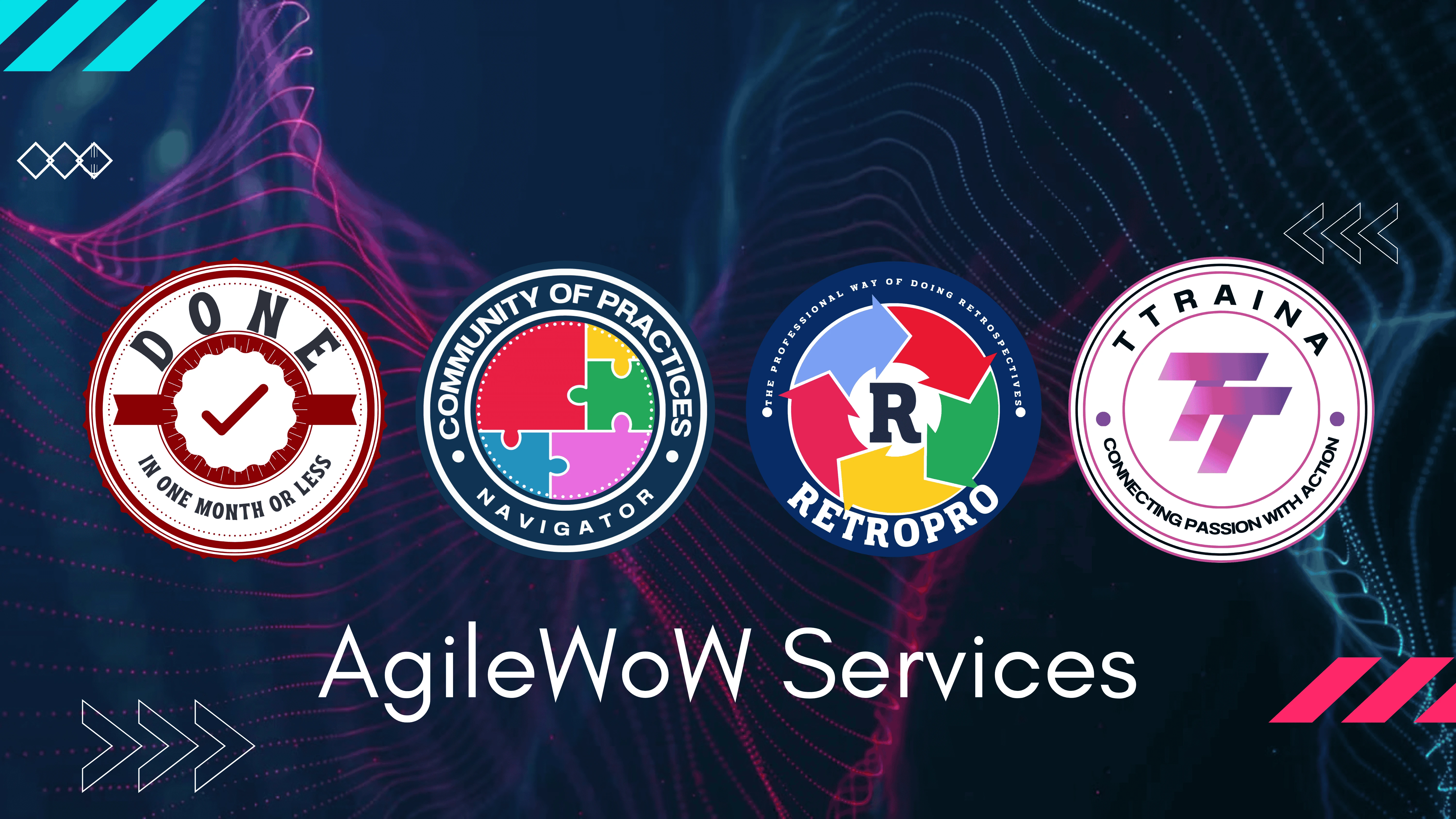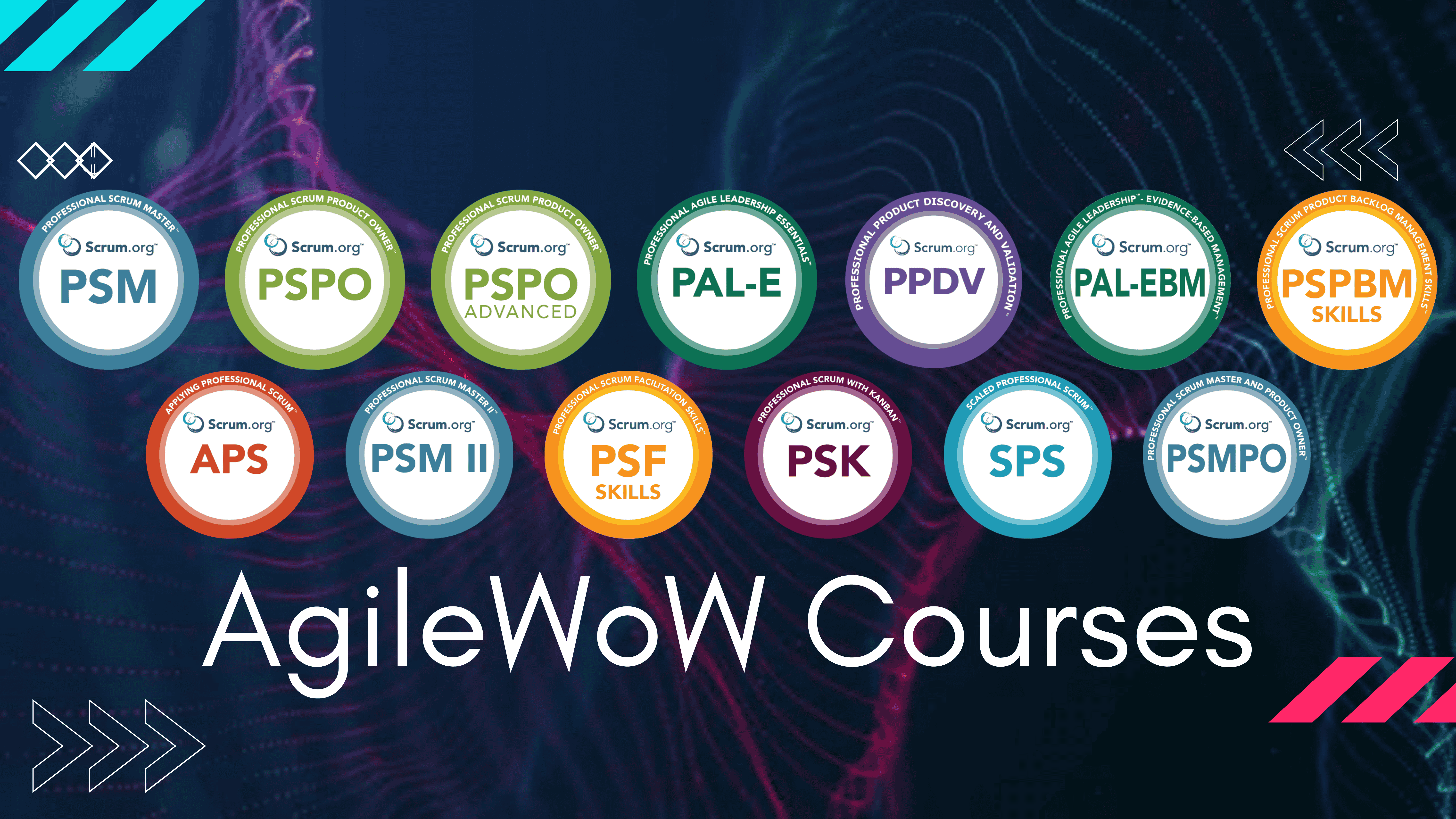Sprint Planning Checklist
Use this checklist to ensure your Sprint Planning sessions are effective, collaborative, and set the team up for success.
Focus & Principles
- Focus on delivering Value, not just Story Points.
- Collaborate openly—Sprint Planning is a shared responsibility, not just PO or SM work.
- Leave some space for unforeseen work (tech debt, emergencies).
- Keep the Sprint Goal simple, inspiring, and achievable.
- Respect timeboxing—start strong, deliver strong.

Before Sprint Planning (Preparation Phase)
Product Owner:
- Update the Product Backlog with refined, sized, and ordered items.
- Ensure the top PBIs have clear Acceptance Criteria.
- Consider a proposed Sprint Goal (optional: collaborate early with Scrum Master and Developers).
- Communicate known dependencies, and business priorities.
- Identify any items blocked by external factors.
Scrum Master:
- Schedule Sprint Planning session with all required participants.
- Remind team members to update their capacity plans (vacations, holidays, other work).
- Ensure Definition of Done (DoD) is reviewed and understood by the team.
- Prepare tools or boards needed (Jira, Azure DevOps, Miro, Notion, etc.).
Developers:
- Review the Product Backlog ahead of the session.
- Prepare technical questions or clarifications needed from PO.
- Update availability for the Sprint (include personal leave, training, etc.).
- Raise any potential technical risks or challenges proactively.
During Sprint Planning (Collaboration Phase)
Entire Scrum Team:
- Reconfirm Sprint Duration (e.g., 2 weeks).
- Agree on a clear and valuable Sprint Goal.
- Select Product Backlog Items (PBIs) that align with the Sprint Goal.
- Break selected PBIs into smaller items if needed (optional but recommended).
- Ensure each selected PBI has:
- Clear Description
- Acceptance Criteria understood
- Testability within the Sprint timeframe
- Discuss and document any Risks, Dependencies, or Impediments.
- Revisit the DoD
- Timebox the session
After Sprint Planning (Follow-up Phase)
Product Owner:
- Be available for clarifications during Sprint execution.
Scrum Master:
- Share updated Sprint Goal and Sprint Backlog with stakeholders (optional).
- Ensure the Sprint Goal is visible on the team board/tool.
- Confirm that tasks are assigned (if the team assigns tasks) and the board is clean.
- Note any open risks or blockers and start mitigating early.
Developers:
- Start Sprint with full understanding of the goal and the Definition of Done.
- Initiate work on high-priority, Sprint Goal-related items first.
- Plan collaboration points (e.g., pair programming, swarm sessions if needed).


